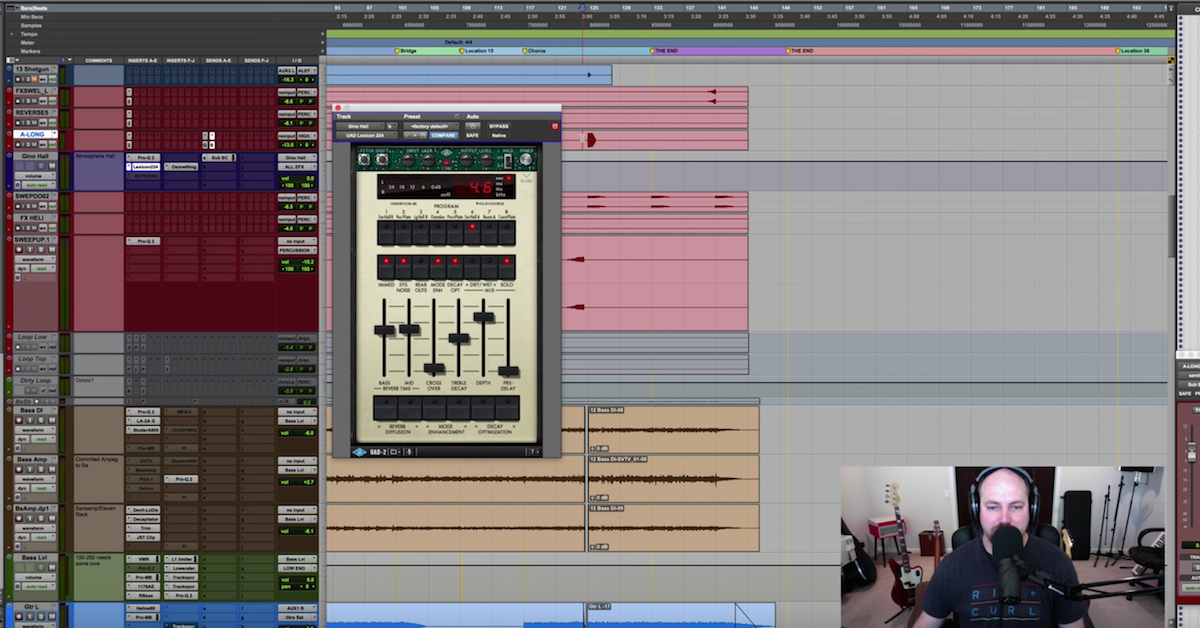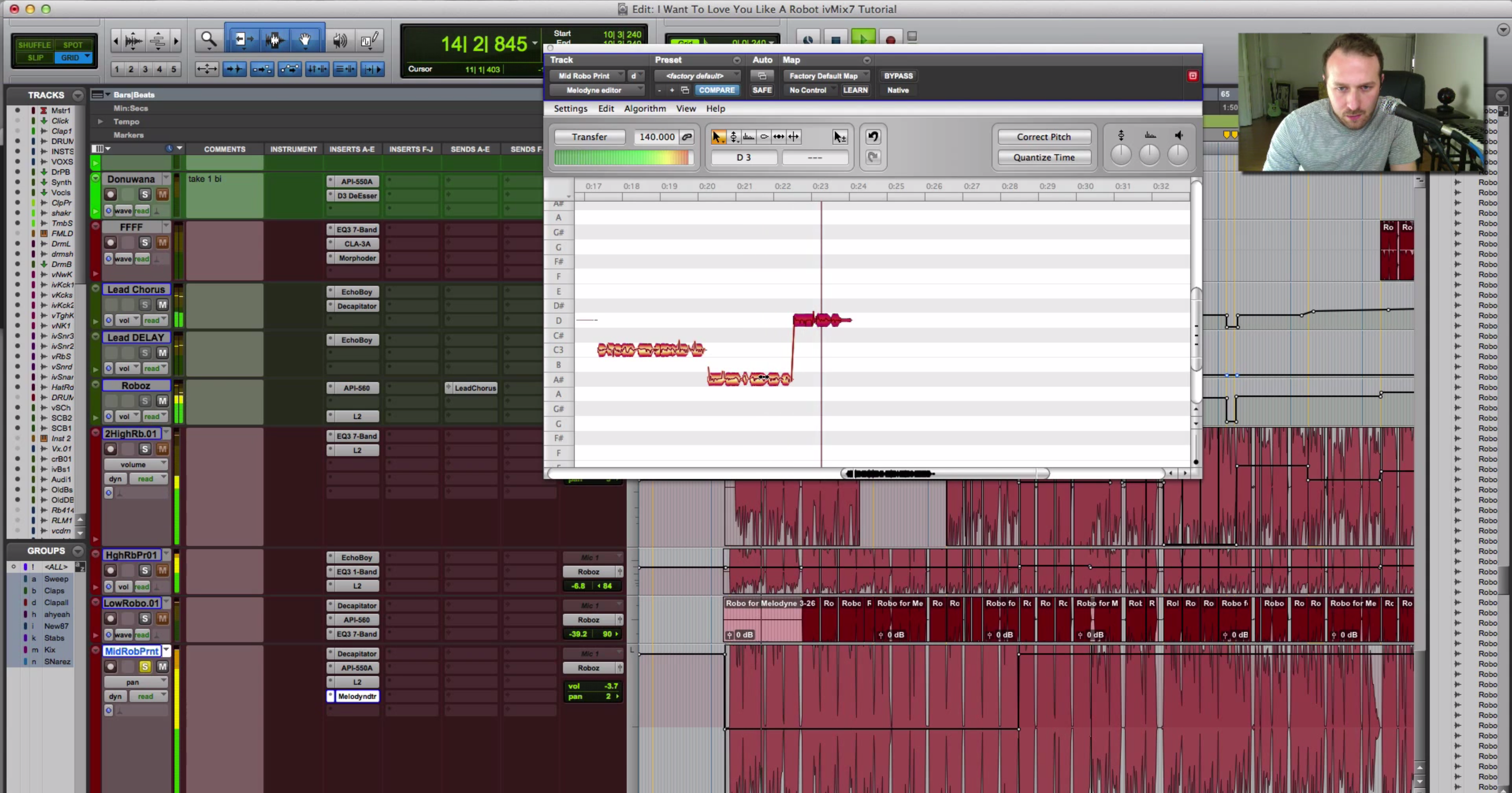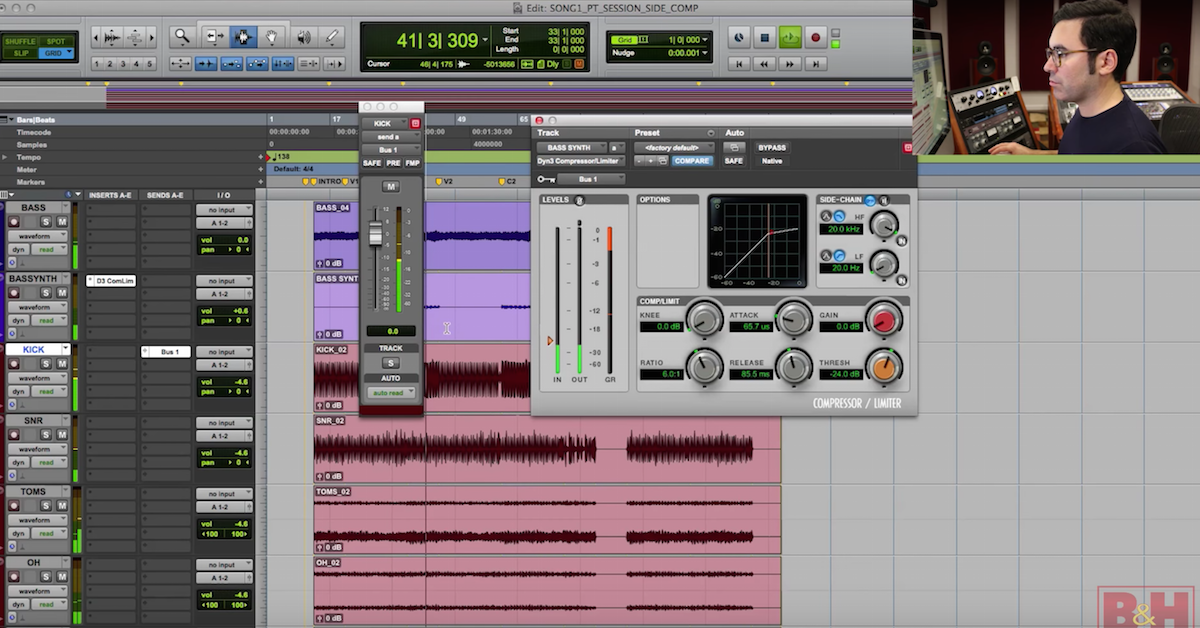10 Essential Tips for Producing Dubstep
Article Content
Crazy modulating bass lines, punchy drums, and cinematic intros/verses are what give the Dubstep genre its power and excitement. Many producers find this genre difficult to produce as they’re often confused on how to achieve the complex bass lines and larger-than-life feel, but when the genre is broken down into its most basic elements and structure, the task of producing a hard-hitting Dubstep track doesn’t seem so difficult anymore.
Here’s a list of ten production tips that can help take your Dubstep tracks to the next level.
1. Create Depth in Your Drop
Dubstep is all about the loud in-your-face sounds, but adding depth to your track will fill out the mix and give your track a more professional sound. Adding the right complimentary sounds that are front and center, providing contrast to the other sounds, can be extremely effective here.
Action to take …
Here are few ways to create depth in your track:
Reverb tails — Adding the occasional washed out reverb to your basses or other elements can give your mix a more three-dimensional vibe.
Delayed out elements — Just like the reverb tail, delayed out basses and ornamental elements can add an extra dimension to your production.
Take out high and low frequencies — Another way to create depth in your tracks is to simply use subtractive EQ. Removing high or low end information from your basses or ornamental sounds at certain points in the drop can add another layer of interest.
➥ FREE Download: Dubstep Sample & Preset Pack
2. Call and Response
A call and response is a succession of two distinct musical phrases (usually played by two different instruments), where the second phrase is heard as a direct commentary on, or response to the first.
Here’s an example of call and response in its simplest form: Shave & A Haircut. You can hear the call in the beginning of the phrase, and the short staccato notes at the end are the response. Dubstep relies on this basic element of musical form to create interest and variation. Take a listen to this example: Knife Party’s Bonfire. Go to the drop at 0:55 and you can hear the call and response. The high pitched stabbing synth is the call and the talking bass line is the response.
Action to take …
Start with two main bass sounds and create a call and response with these sounds over 1 or 2 bars. To know if you’ve created a call and response, listen to the response and ask yourself, “Does this main sound talk back to the call?”
3. Go Crazy
Pitch bending and modulation can help inject life into your dubstep basses. The quick rhythmic flares, dipping and diving, and tonal transformation of these basses can be an exciting part of your song.
Action to take …
Here are a few tips on how you can add pitch bending and modulation to your basses:
Quick little sharp pitch bends — Adding the occasional quick pitch bend may not seem worth your time, but believe me, it is! Add sharp little pitch bends throughout your bass line, and hear for yourself the movement it creates. (Try creating pitch bends that suck you into the next kick or snare.)
Long pitch bends — Long pitch bends work extremely well to add suspense and interest. These long pitch bends work best when they’re added to the basses at the beginning and end of your phrases.
LFO your cutoff filter — Almost all soft synths will have an LFO that you can place on your cutoff filter. Link up the LFO and begin automating the rate of the LFO on your bass pattern. Make sure the LFO is synced to the BPM of your track so you can keep the listener locked into the groove. This provides the tonal and rhythmic interest needed to progress your bass line throughout the song. Don’t be afraid to try different types of filters besides the standard low and high-pass filter.
Volume automation — This is one of the most underrated production techniques. Simply automate the volume of your bass to create rhythmic interest. Combine this with the cutoff automation and you have a killer bass line.
Experiment with LFO modulation — Your cutoff filter isn’t the only parameter that can be modulated with an LFO to add interest. Experiment with modulating your detune knobs, reverbs, phasers, and any other parameter.
4. Resample, Resample, Resample
Resampling in music production means recording a copy of a specific sound to audio, whether the original source was a MIDI instrument or another audio file. Resampling can be an excellent tool for producing Dubstep bass lines. You can create more complex edits, be more creative, and save CPU.
Action to take …
Here are a few tips on creating bass lines with resampled audio.
Hit record on your resampling channel and begin changing the parameters of your synth until you’ve got a very long audio clip of your bass with tons of variations. Then cut up the audio and arrange the chops in your drop.
Re-Resample: Take your resampled audio, throw on your favorite FX plugins and resample the audio for even more complex variations.
➥ FREE Download: 25 Xfer Serum Dubstep Presets
5. Don’t Confuse Your Audience
When flipping through your bass presets or sound designing, it can be tempting to throw in every single bass sound that you hear and like. Doing this can confuse the listener and obfuscate the identity of your track.
Action to take …
Stick to three or four main sounds in your drop. This will give you plenty of variation and interest in your drops while keeping the identity of your song intact.
6. Front and Center
The bass lines in Dubstep tracks are usually front and center in the mix as they’re a defining element of the genre. Mixing these bass lines so they appear up front can help you achieve a loud and present mix.
Action to take …
Here’s a simple mixing trick for dubstep basses: on your bass group, throw on two OTT compressors and experiment with their dry/wet knobs. Next throw on a saturator and dial in the settings to taste. This can help bring out the detail in your sound, make the signal louder, and help flatten out peaks. Dance music, especially Dubstep, sometimes relies on this type of over-compressed sound to direct the listener’s attention to a specific element, so don’t be afraid to smash the signal.
7. Stay in Order
While there is no right or wrong starting point for the creation of your drops, I have found that following a certain order of production can sometimes help yield better results.
Try experimenting with creating your drop elements in this order:
1. Drums — These are the foundation of your track. They give the song movement, speed, and create momentum for the emotional intent. That is why I usually start programming at least a basic kick, snare, and hat pattern before moving on.
2. Mid-Basses — Now that you have the foundation set, it’s time to move to the main event: the basses. I prefer to create the basses second and not first because the drums give you a basic set of rhythmic boundaries to work within. Creating the basses first may lead to interesting results, but it may be more difficult to fit in a drum pattern. Remember, setting boundaries for your productions is not always a bad thing.
3. Sub — Now that you have your basses, you can easily find room for your sub. Subs are also part of the foundation of your track, so why not put them in after the drums? Subs consist of sine waves which don’t provide much tonal interest. Laying down the sub-basses first will put too much of a restriction on the patterns of your mid-basses and potentially lead to less interesting bass lines. Bringing in the sub after the mid-basses lets y0u add the low end weight to your drops with the main idea of the drop already in place.
4. Ornamental Sounds — You should add your ornamental sounds last. The meat of your track is already in place and now it’s time to polish it up with drum fills, vocal chops and small little FX. Doing the ornamental sounds first or before your basses is premature because the theme of your track is not there yet. Having this theme is important, as it gives a purpose to the song and gives you a direction to follow, making it easier to fit in the ornamental sounds in context.
➥ FREE Download: Dubstep Sample & Preset Pack
8. Let It Breathe
While it can be easy to get carried away with all the bass processing and arranging, it’s important to consider allowing your elements to breathe within the drop.
The power of your elements doesn’t always come from the latest modulation tip or chaotic arranging of the basses. It also gains momentum when the elements aren’t playing. Giving your elements room to breathe and not having them continually play will give the listener a break from that particular element and make it that much more impactful when it returns. It also leaves room for other sounds to shine in the mix.
Action to take …
Focus on one element: When Dubstep is broken down to its elements, it’s actually quite simple. People just get distracted with the complex movement of these bass sounds. Usually when a dubstep bass is playing, you’ll have a simple drum pattern playing, and maybe of few FX in the background. This arrangement is important in Dubstep as it directs the listener’s focus to one element in the track. Prioritizing the type of sound and how that sound is mixed is important for directing the audience’s attention. During the drop, you’ll want to mainly focus on one sound. That doesn’t mean you have to have a boring bass line. It just means you need to leave room for one element to play at a time. At the end of a phrase? Strip back your bass and allow a killer drum fill to play. Need a variation in your bass? Alternate between one of your 3-4 drop sounds. The key is to allow the listener to just focus on one primary sound.
Include silence: Who ever said including small gaps of silence in your tracks was wrong? Don’t be afraid to leave little gaps in your song to give the listener more variation and create anticipation.
Strip back some of your basses: Just because your song has a drop, doesn’t mean you need to have all your basses running continuously. Take out some of your basses and leave room for FX, percussion and other ornamental sounds to shine.
9. Stay Within Range
Dubstep music is mostly created for clubs and festivals. A solid sub-bass presence is necessary for the mix to shine through on these sound systems. Without a strong sub-bass, your track might not carry enough power to excite your audience.
Action to take …
The sub notes from D#0 to B0 carry the most sub weight with F0 being the most powerful and ground shaking note. Choosing a key that stays closely centered to having F0 as your root note will give your track the most low end power possible. This is why so many dubstep tracks are written in F minor.
10. Create an Ominous Atmosphere
Most Dubstep songs will, at some point, be filled with an ominous atmosphere that creates a sense of suspense and chaos for the listener. This particular vibe complements a heavy bass drop perfectly. You could of course work on a happy dubstep track without an ominous atmosphere, but a majority of tracks will contain this ominous atmosphere to help set the stage for the drop.
Action to take …
Here are a few tips for creating an ominous and chaotic atmosphere:
Use cinematic drums — These types of drums works perfectly here. Throw in big toms, washy cymbal crashes, and quick percussion to instantly transform the vibe of your track!
Use a pedal tone — A pedal tone is a sustained note that holds out for 8 bars or more. The use of this pedal tone can create tension and suspense — so load up your favorite synth, real instrument, or a combination of both to create a rich pedal tone in your intros, verses, and builds.
Use low-pitched horns — You may have noticed that low pitched horns are used in tense and suspenseful moments in films. Take advantage of this and try them out in your tracks.
Use bells or other high-pitched synths — The use of bells or a high-pitched timbre-rich synth can really amp up the ominous atmosphere of your track. Playing a short suspenseful melody can be great here.





